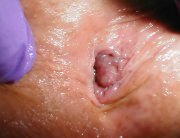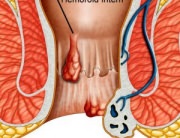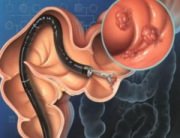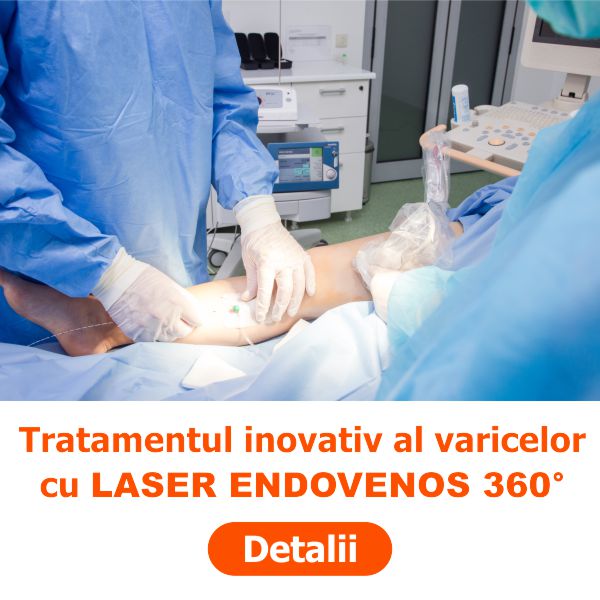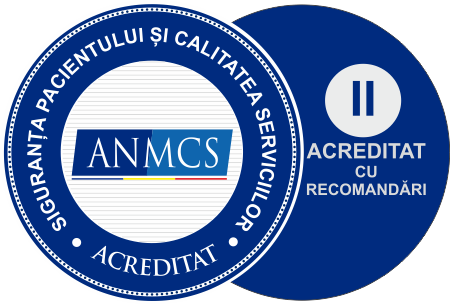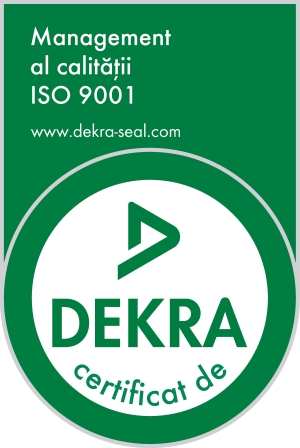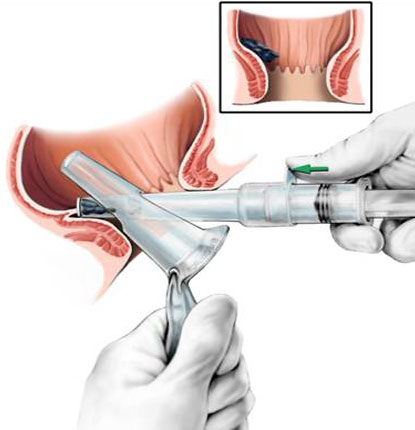 Most types of haemorrhoids do not require surgery, which only represents an option in case of intensive pain.
Most types of haemorrhoids do not require surgery, which only represents an option in case of intensive pain.
External Haemorrhoids:
External haemorrhoids are not generally treated by haemorrhoidectomy, except for the case of very large haemorrhoids or if you underwent an surgical intervention in the anal area for other conditions (such as internal haemorrhoids or anal fissures).
Internal Haemorrhoids:
Haemorrhoidectomy is the ultimate solution in the treatment of small internal haemorrhoids, where rubber-band ligation procedures are firstly indicated. Haemorrhoidectomy is also regarded as the most successful method for the treatment of large internal haemorrhoids, especially if the problem persists after the use of the band-ligation procedure.
Surgical Options:
The surgical option for haemorrhoids is haemorrhoidectomy, especially used for large haemorrhoids. Sometimes, the external pressure exerted onto external haemorrhoids may cause their irritation and the formation of blood clots. The consequence of these factors is the formation of prominences (thrombosed haemorrhoids). The patient can resent strong pain in the area of this type of haemorrhoids.
Pain relief procedures can be performed in a medical practice or in an outpatient clinic. The physician can apply local anesthesia and perform a small incision in the prominence area, to remove the blood clot, reduce the pain and implicitly the pain. The procedure offers good results if performed less than 4-5 days prior to the occurrence of the prominence.
If the pain is bearable, you can postpone your visit to the medical practice. The pain generally disappears in a few days. After 4-5 days, the pain caused by the incision and the drainage of the clot is stronger than the pain caused by its presence.



